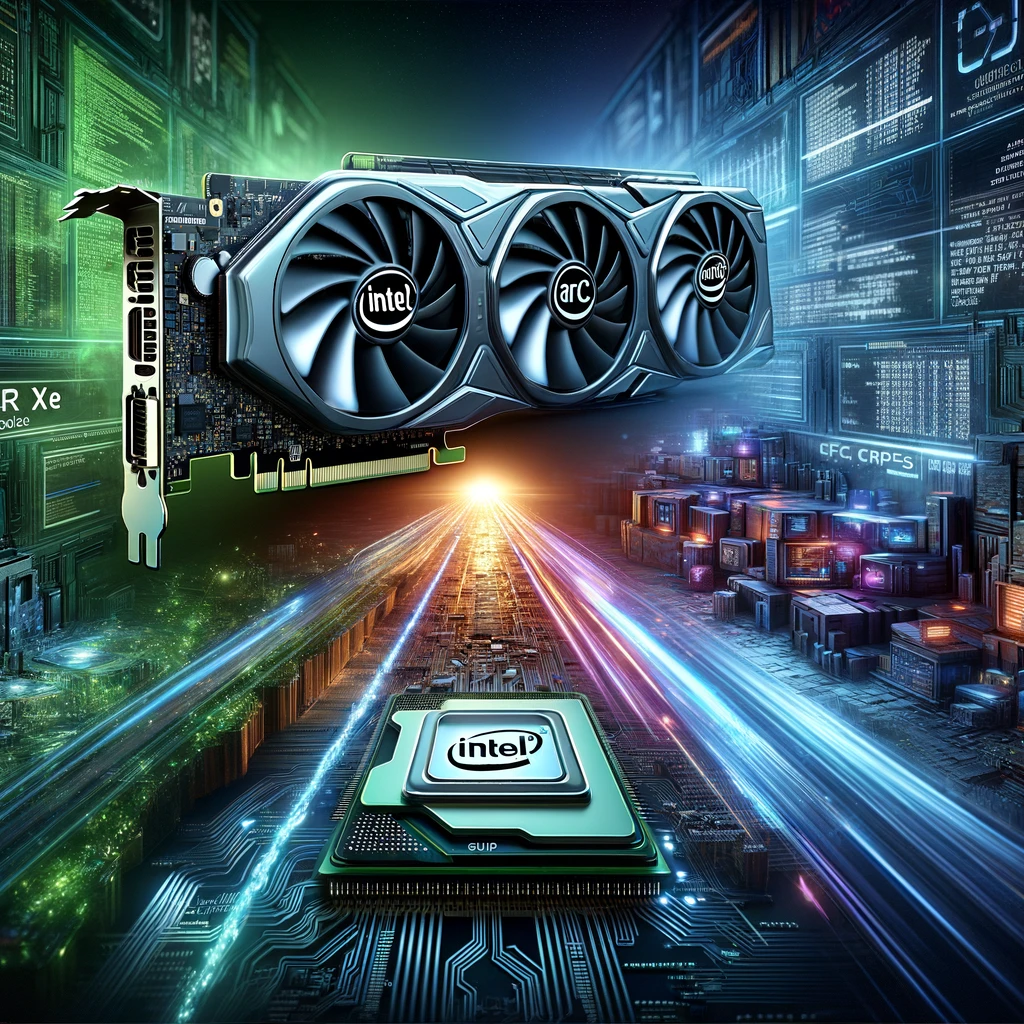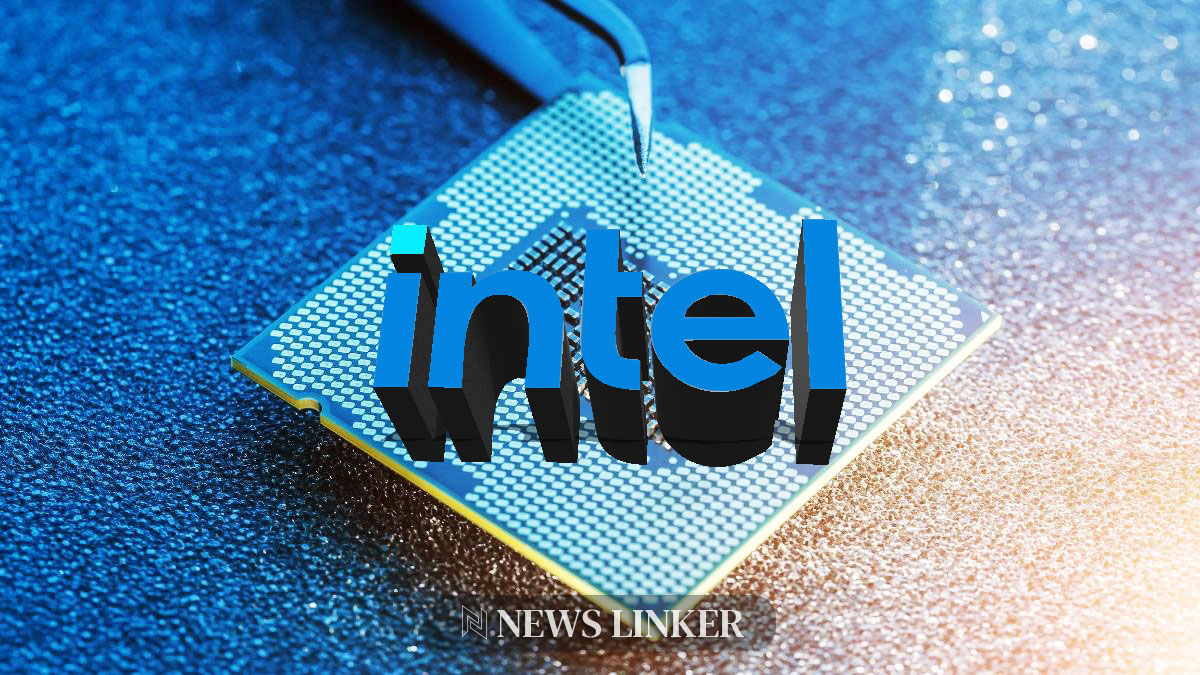In the dynamic tech landscape, Intel Corporation is navigating through a period of innovation and competition. The company recently unveiled its future discrete GPU plans, confirming the 2024 launch of the Arc Xe2 “Battlemage” discrete GPUs. This new architecture, aimed at enhancing gaming and professional segments, represents Intel’s ongoing commitment to advancing its GPU technology. The Arc Xe2 “Battlemage” is set to follow the current Arc Xe “Alchemist” GPUs, which have seen iterative improvements since their introduction.
Intel’s roadmap extends beyond discrete GPUs, with the integration of the Arc Xe “Alchemist” architecture into its Core Ultra “Meteor Lake” CPUs as an iGPU. This solution competes effectively against AMD’s RDNA 3 iGPUs, demonstrating Intel’s versatility in both discrete and integrated GPU markets.

Furthermore, the roadmap details the transition to subsequent architectures like Xe3 “Celestial,” signifying Intel’s long-term vision in the GPU arena.
However, Intel faces challenges in the CPU market, particularly in the Linux ecosystem. A recent Phoronix review revealed that the Intel Core Ultra 7 155H “Meteor Lake” CPU lags behind AMD’s Ryzen 7 7840U in terms of performance and efficiency across numerous Linux benchmarks.
Despite the Meteor Lake’s new architecture and features, it underperformed compared to AMD’s offering, highlighting Intel’s need to optimize its Linux performance further.
These contrasting narratives in the GPU and CPU sectors showcase Intel’s current landscape. On one hand, there is excitement and progress in GPU development, and on the other, there’s a pressing need to enhance CPU performance in specific environments. Intel’s journey ahead involves not only launching new products but also refining existing ones to maintain competitiveness in the ever-evolving world of technology.










